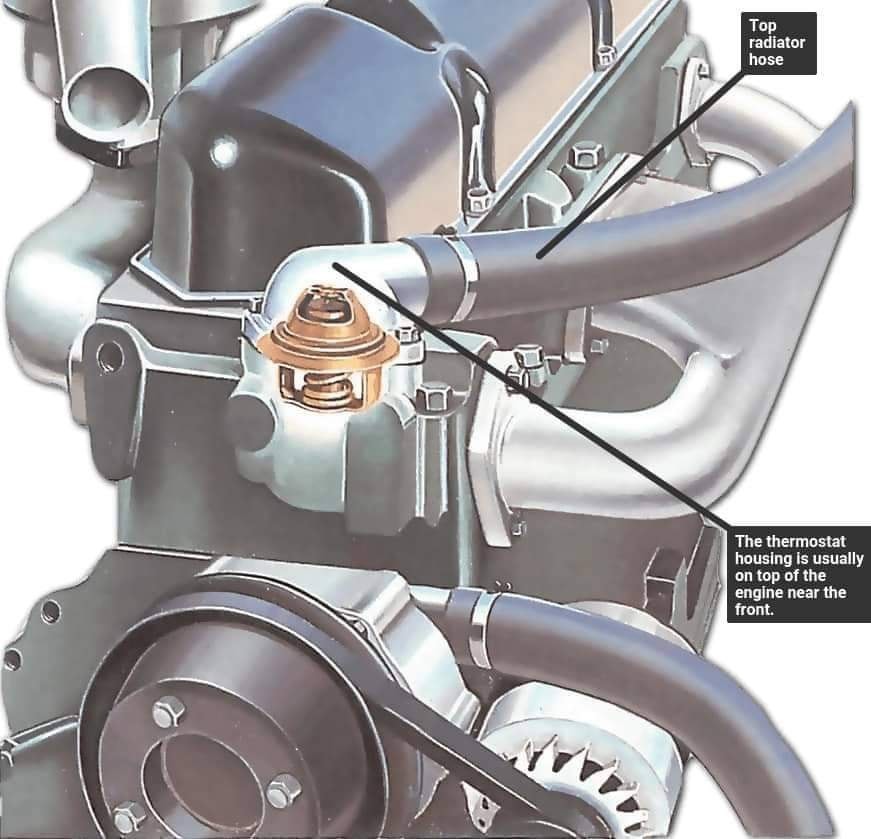Contact Person : DERRICK
Phone Number : +8616624624402
WhatsApp : +8616624624402
May 30, 2024

What is a Thermostat?
A thermostat is a handy device that controls the temperature in various household items like refrigerators, air conditioners, and irons. It’s like a temperature watchdog, keeping an eye on how hot or cold things are and adjusting them to just the right level.
How Does a Thermostat Work?
The secret behind a thermostat is the idea of “thermal expansion.” Imagine a solid bar of metal getting longer as it gets hotter. That’s thermal expansion.
Now, think of sticking two different kinds of metal together into one strip. This double-metal strip is the brain of a traditional thermostat.
When It’s Cold: The double-metal strip stays straight, and electricity flows through it, turning the heater on. You can picture this like a bridge that’s down, letting cars (electricity) through.
When It Gets Hot: One metal gets longer faster than the other, so the strip bends. If it bends enough, it’s like the bridge going up. The cars (electricity) can’t get through anymore, so the heater turns off, and the room cools down.
Cooling Down: As the room gets colder, the strip goes back to being straight. The bridge is down again, and the heater turns back on.
By twisting a temperature dial, you tell the thermostat the exact point you want the bridge to go up or down. It won’t happen instantly; the metal needs time to bend. This slow bending ensures the heater doesn’t keep turning on and off all the time.
The Science of Bimetallic Thermostat
Here’s how this clever double-metal strip (bimetallic strip) works in detail:
stop it (heater off). By understanding and responding to temperature, this simple device helps keep our homes comfy and our energy bills in check. It’s a beautiful example of how something small and smart can make a big difference in our daily lives.
![]()
Enter Your Message